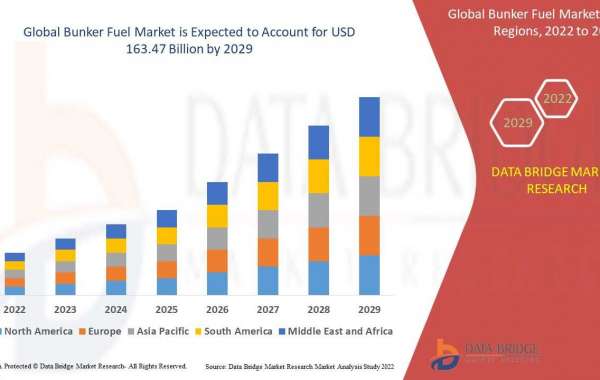Introduction to Amazon FBA Distribution
Amazon FBA (Fulfillment by Amazon) has transformed the e-commerce landscape by allowing entrepreneurs and businesses to sell products online without managing logistics themselves. As an amazon fba distributor, you source products, send them to Amazon’s fulfillment centers, and let Amazon handle storage, packing, shipping, and even customer service. This article explores how to become an Amazon FBA distributor, the benefits involved, and best practices to succeed in 2025.
What is an Amazon FBA Distributor?
An Amazon FBA distributor acts as the middleman between manufacturers or wholesalers and Amazon customers. Instead of manufacturing their own products, FBA distributors source items from third parties and sell them under their brand (private label) or as resellers. They leverage Amazon’s extensive infrastructure to scale quickly and reach a global customer base.
Key Benefits of Becoming an Amazon FBA Distributor
Hands-Off Fulfillment
Once products are sent to Amazon's warehouses, Amazon handles storage, shipping, returns, and customer inquiries.Access to Prime Customers
Your listings become eligible for Amazon Prime, offering faster shipping and increasing visibility.Scalability
With logistics outsourced, you can focus on sourcing and marketing to scale your business rapidly.Lower Overhead Costs
You avoid the costs of running your own warehouse or hiring fulfillment staff.
Steps to Become an Amazon FBA Distributor
1. Choose a Niche or Product Category
Start by researching market trends using tools like Jungle Scout or Helium 10. Focus on products with consistent demand, low competition, and good margins.
2. Find a Reliable Supplier
Use platforms like Alibaba, Global Sources, or domestic wholesalers to find suppliers. Always request samples, negotiate terms, and verify the supplier’s credentials before placing bulk orders.
3. Create an Amazon Seller Account
Sign up for an Amazon Seller Central account. Choose between an Individual or Professional plan based on your sales volume.
4. Label and Ship to Amazon
Ensure your products are labeled according to Amazon’s FBA requirements. You can label them yourself or pay Amazon to do it. Ship your inventory to the designated Amazon fulfillment centers.
5. Optimize Product Listings
Create compelling product titles, bullet points, and descriptions with high-quality images. Use keyword optimization to improve visibility in search results.
6. Launch and Promote Your Product
Utilize Amazon PPC (Pay-Per-Click) advertising to drive traffic. Consider offering promotions, discounts, and using external marketing channels like social media or influencer collaborations.
Best Practices for FBA Distributors
Monitor Inventory Levels:
Use Amazon’s inventory management tools to avoid stockouts or excess storage fees.Track Customer Feedback and Reviews:
Provide excellent customer service and actively respond to reviews to build trust and credibility.Stay Compliant:
Make sure your products meet Amazon's policies and legal requirements, including product safety and labeling standards.Analyze Performance:
Regularly review your seller dashboard for insights on sales, ad performance, and customer behavior.
Challenges to Consider
While Amazon FBA offers many advantages, it also comes with challenges:
High Competition
With thousands of sellers, standing out requires continuous optimization and marketing efforts.Amazon Policy Changes
Amazon frequently updates its rules. Non-compliance can lead to account suspensions.Fees
FBA fees can add up, especially for oversized or slow-moving products. It’s crucial to price strategically and manage margins.
Conclusion
Becoming an Amazon FBA distributor in 2025 is a lucrative opportunity for entrepreneurs ready to put in the work. By understanding market demand, sourcing the right products, and leveraging Amazon’s fulfillment network, you can build a sustainable and scalable online business. With diligence, market research, and a customer-focused mindset, success as an Amazon FBA distributor is well within reach.









